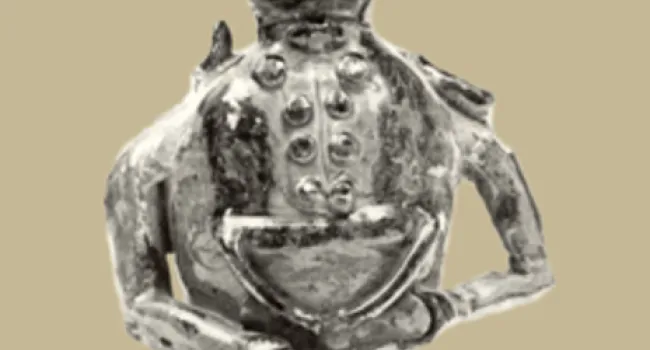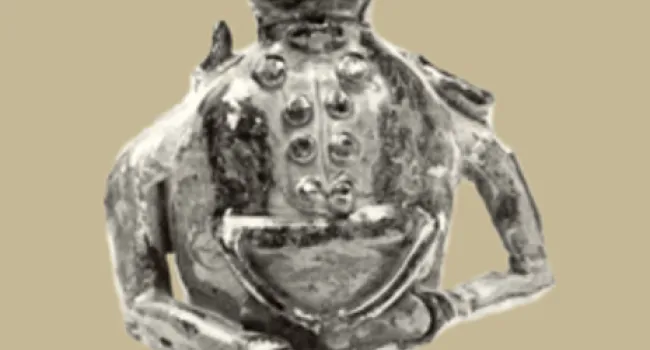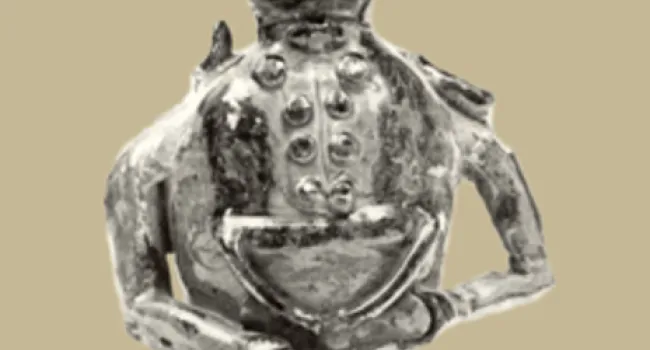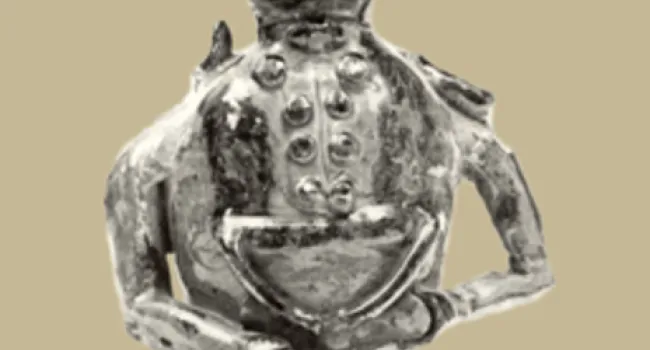
Document
The Crossroads of Clay project began in 1981, under the direction of Dr. George D. Terry, then Curator of History and Associate Director of McKissick Museum. The project aimed to research the...
The Crossroads of Clay project began in 1981, under the direction of Dr. George D. Terry, then Curator of History and Associate Director of McKissick Museum. The project aimed to research the development and diffusion of the southern alkaline-glazed stoneware potter tradition which virtually died out in South Carolina in the early 1900s. This tradition came together in the Edgefield District of South Carolina and was derived from European, Asian, and African influences. How these influences came together and affected life in the lower South in the nineteenth century is the subject of The Crossroads of Clay project.

Document
The Crossroads of Clay project began in 1981, under the direction of Dr. George D. Terry, then Curator of History and Associate Director of McKissick Museum. The project aimed to research the...
Audio
Dr. John Vlach discusses clay and lime glazes
Audio
Cinda Baldwin discusses the importance of Edgefield stoneware
Audio
Dr. John Vlach discusses wood ash and clay glazes and the firing process
Audio
Dr. John Vlach describes Edgefield as a melting pot or "kiln" of three distinct cultures
Audio
Cinda Baldwin discusses the decline of Edgefield stoneware
Audio
Cinda Baldwin gives an overview of the alkaline-glazed stoneware produced in Edgefield